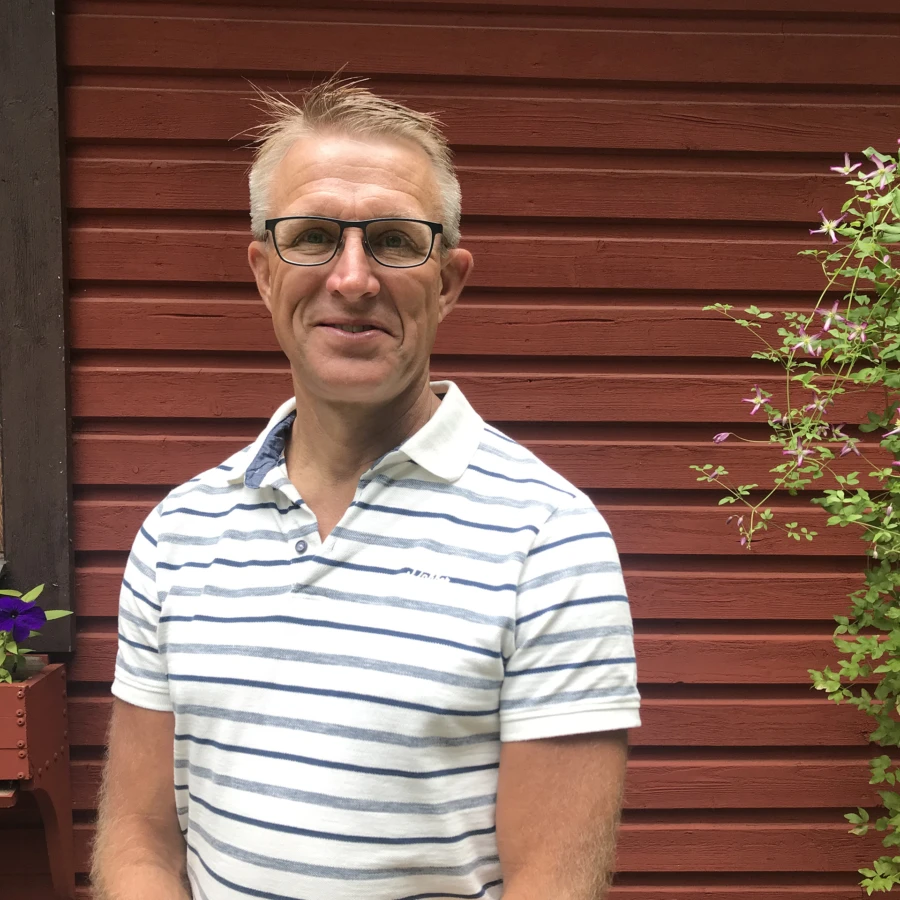Hjärnforskaren Charles Hillman ger tydliga svar om fysisk aktivitet och framgångsrikt tänkande
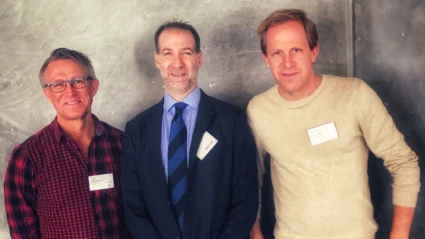
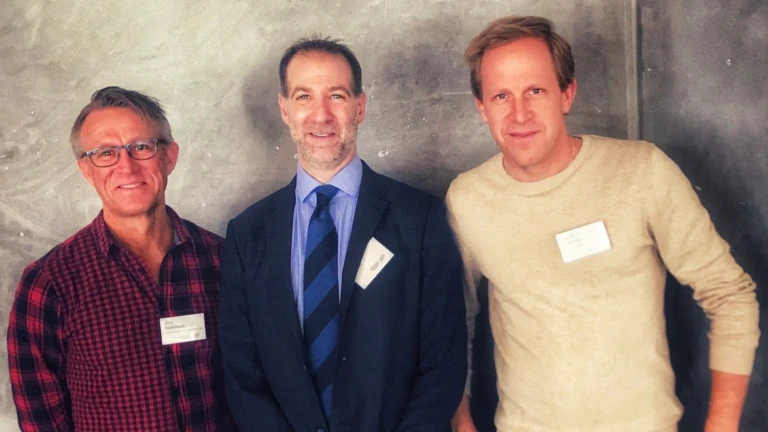
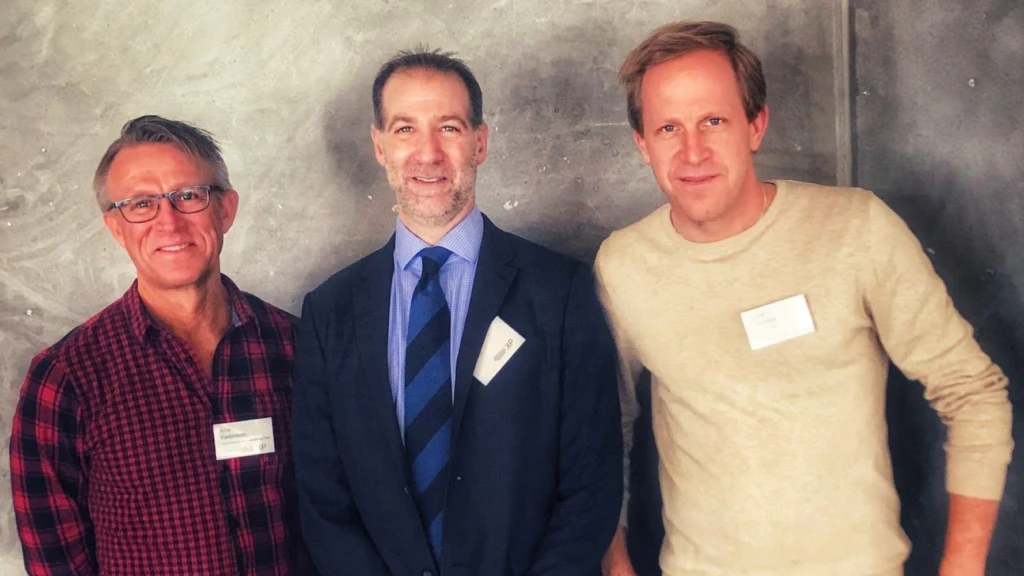
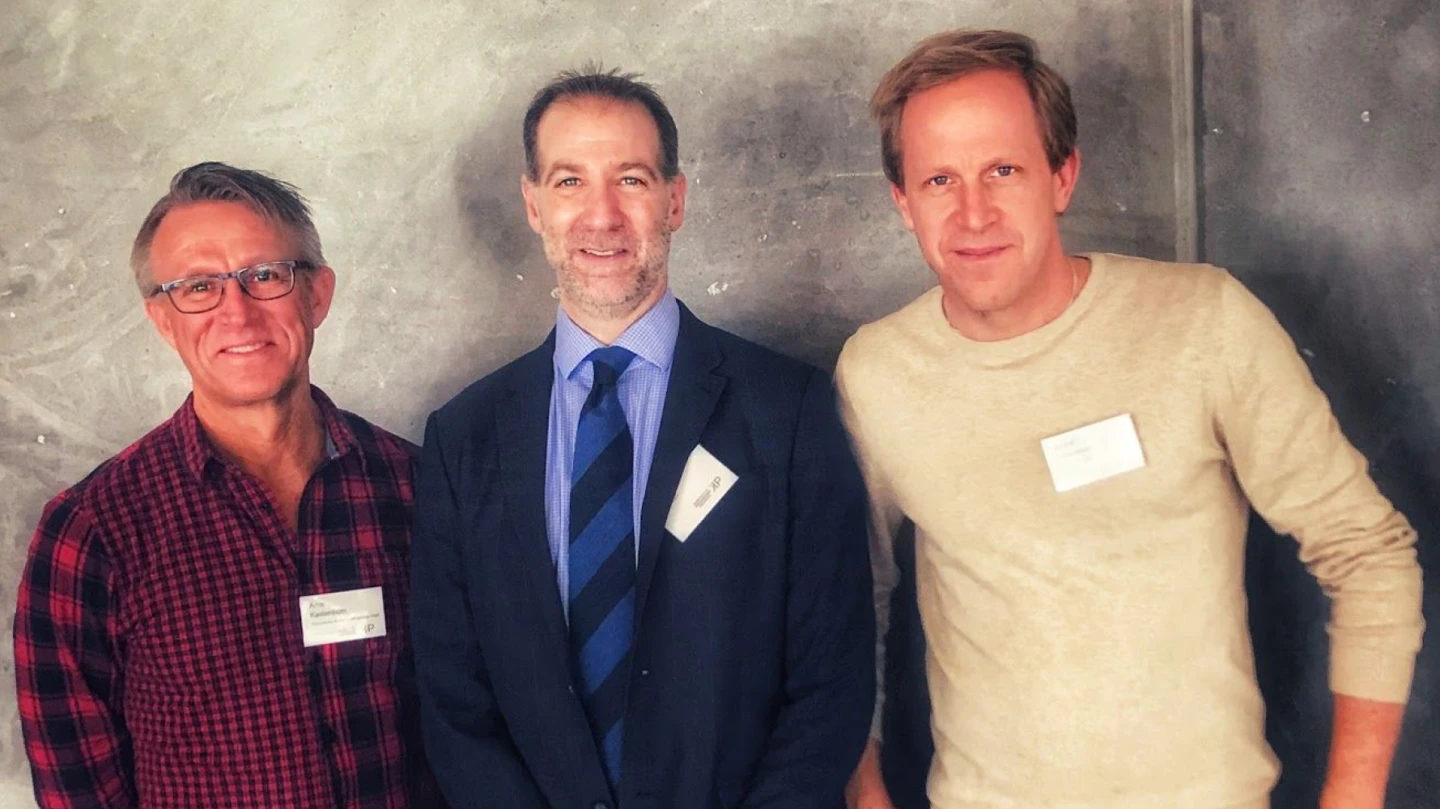
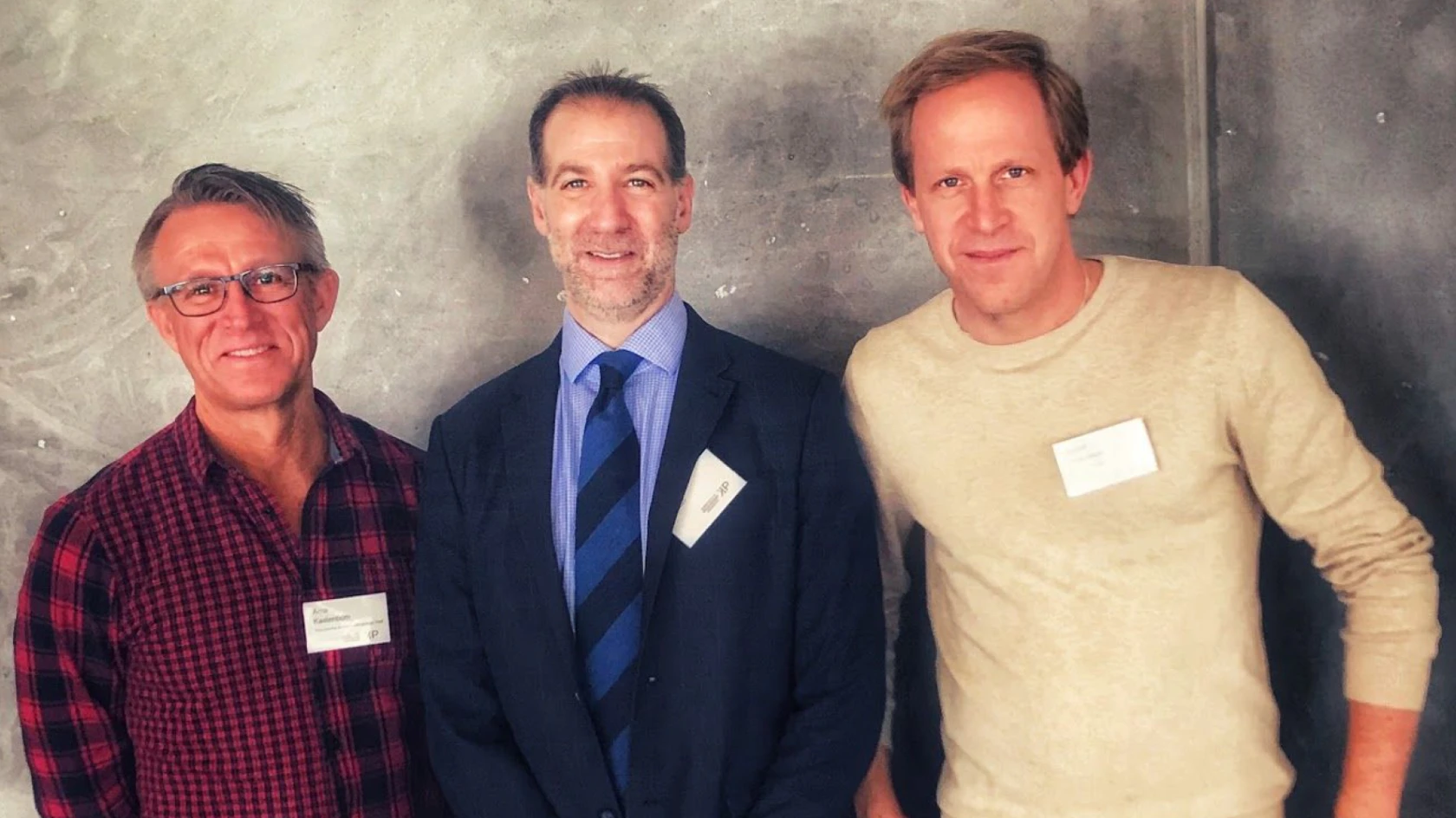
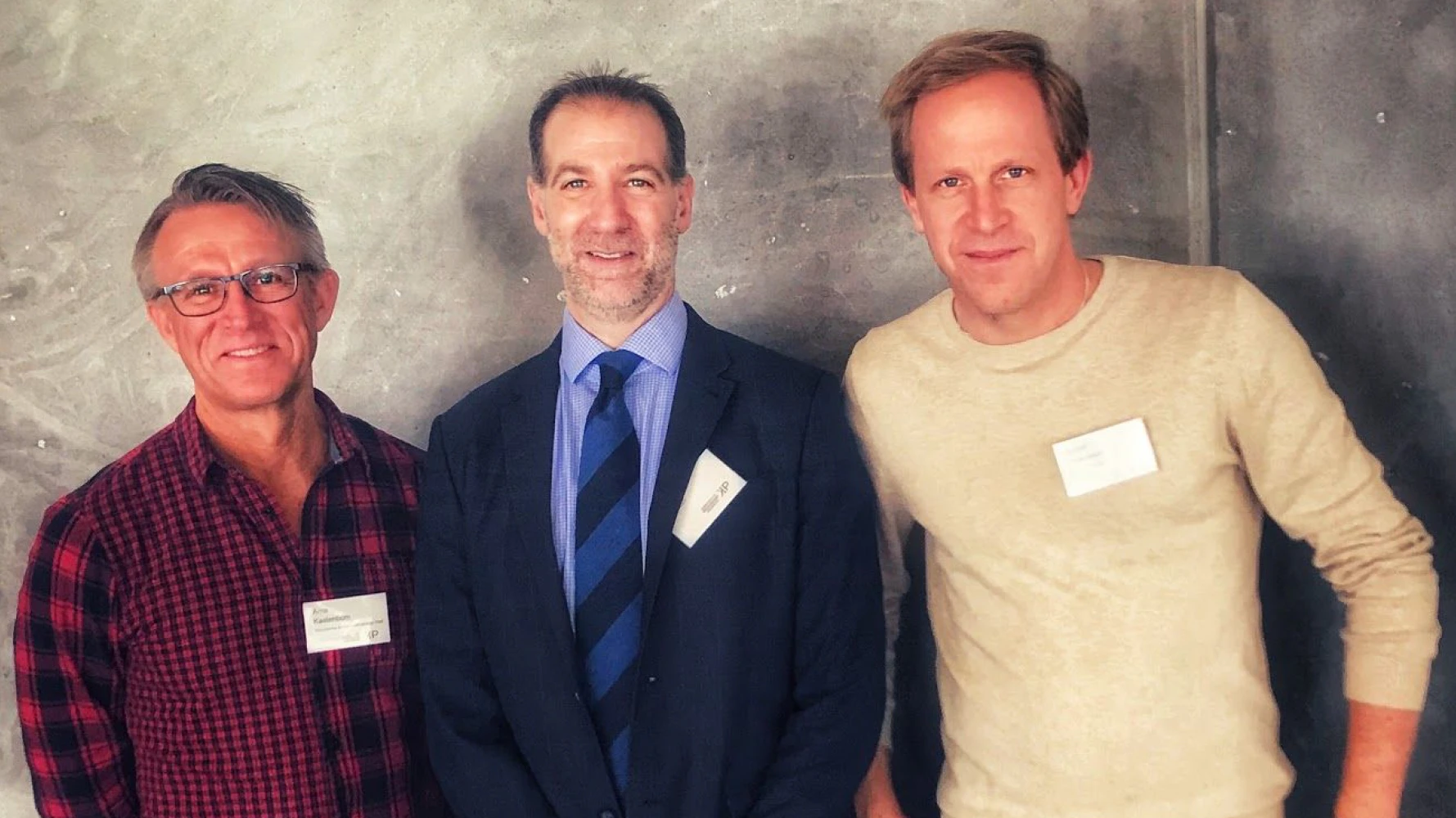
Jag fick möjlighet att träffa hjärnforskaren Dr Charles Hillman efter att han föreläst om fysisk aktivitet och den växande hjärnan i Köpenhamn våren 2020. Mitt syfte var att få del av bevis och vetenskapligt stöd om sambandet mellan fysisk aktivitet och de tankemässiga förmågorna hos barn och ungdomar.
Det är bevisat att fysisk aktivitet ger många positiva hälsoeffekter, men hur påverkar det hjärnhälsa och de tankemässiga funktionerna som till exempel kognition, de exekutiva funktionerna, studieprestation, studieresultat och inlärning?
Det ligger i vetenskapens natur att kritisera sanningar, myter och i synnerhet ny forskning. Det är svårt att hänga med i ett snabbt växande forskningsfält om hjärnan, och det finns en poäng med att bygga broar mellan bra forskning och alla som arbetar med barn och ungdomar.
Arne Kastenbom: Alla lärare vill ha tänkande elever. Vad är hjärnans flaskhals för framgångsrikt tänkande?
Dr Hillman: We are the top species on earth when it comes to thinking. Can we do better? For sure. Thinking is a complex term, with many different meanings. The bottleneck in my view, and colleagues of mine will argue this, is attention. It´s a finite resource and distractions compete for those limited resources. Attention and working memory has overlapping networks, and some colleagues will argue that working memory is the bottleneck. Attention and working memory develop in kids in different times. The ability to attend and inhibit develops earlier than working memory. And both of those develop earlier than cognitive flexibility, which is much more complex. The prefrontal cortex, which plays a key role in many of these higher order cognitive processes, has an optimal function at about the age of 20, and begins to decay around the age of 30, providing a narrow window of optimal functioning during the human lifespan.
Arne Kastenbom: Skeptiker framför ofta att det saknas orsakssamband (kausala) mellan fysisk aktivitet och hjärnan. Hur ser forskningsläget ut?
Dr Hillman: The sceptic people haven’t read the literature. They´re wrong. There is a solid amount of causal data out there in children, older adults, and the non-human animal literature such as rodents. Anyone who doesn’t know it or is arguing against it, they should come and find me and I´ll send them a volume of literature they could read and decide themselves. There is causal data from easily a hundred studies in the literature across animals and humans, acute exercise responses, chronic participation in physical activity, and several other areas.
The sceptic people haven’t read the literature. They´re wrong.
Dr Hillman redogör för flera kausala studier. Det här är nytt för mig och har ett stort nyhetsvärde, vilket definitivt är värt att spridas i Sverige. Min uppfattning är att okunskapen är stor och att vi har mycket att lära av Dr Hillman och de internationella experterna.
Arne Kastenbom: Det finns forskning på äldre. Varför finns det mindre forskning på barn och ungdomar?
Dr Hillman: If you go back to 2005 there was no evidence of physical activity on brain function in kids at all. The field is only about 15 years old in children. In older adults, there is much earlier studies. The next time we talk, in a year or two years, we´ll have considerably more evidence.
Arne Kastenbom: Pulsstudien i Helsingborgs stads skolor kom fram till att sju minuters pulshöjande fysisk aktivitet i klassrummet förbättrade 13-åriga elevers koncentration (selektiva uppmärksamhet) och arbetsminne. Får våra resultat stöd av övrig forskning?
Dr Hillman: Yes of course they are. We have plenty of evidence that supports this now. We know that executive functions including attentional inhibition, working memory, and multitasking, as well as aspects of memory that are controlled by the hippocampus are the two areas that are most proportionality related to physical activity, meaning that physical activity has a general effect on cognition but it appears to be selective and disproportionately stronger for executive functioning and hippocampal-dependent memory.
There is a difference between acute and chronic effect of physical activity. We have shown many times that moderate exercise promotes immediately changes in cognition and academic achievement as well as brain function. This lasts up to about an hour. It is a temporary effect, but provides cognitive enhancement, especially in children. We have plenty of chronic effect in kids, but we don’t know the transition of acute effects to lasting chronic effects. That is, we don’t know the point when temporary effects become chronic.
Arne Kastenbom: Det finns en debatt om vilken metod och vilken typ av fysisk aktivitet som ger effekter på hjärnan. Vad är din syn på det?
Dr Hillman: Most of the data we have is in aerobic exercise. But it’s not the only way, as there are reports from yoga, strength training, etc. The important piece to pay attention to is that:
- We know that aerobic exercise works.
- We know that coordinative exercise works.
- In older adults we know that strength training works.
- There are studies that shows that yoga works in adults.
- There are multiple different ways.
The biggest benefit is to insert physical activity into the school day, because not every teacher has the ability to do an aerobic activity in the classroom. But what if they could sit kids down to teach yoga? Or develop a program to do some strength training? I think what is important is that we do different types of activity throughout the school day. Most of the types has some benefit to brain and cognition, but I could certainly argue that all types of exercise have benefits to the physical body. I don’t see a downside.
Arne Kastenbom: Avslutningsvis en personlig fråga. Vad gör du själv för att stärka din egen hjärnhälsa?
Han lever som han lär. Han cyklar året runt och gillar bland annat ishockey, vandring, skidåkning, styrketräning och surfing. Dr Hillman har varit med att arbeta fram de amerikanska riktlinjerna om fysisk aktivitet som kom ut 2018, som visar att vuxna ska röra på sig minst 30 minuter/dag. Han tycker personligen att det är för lite. Det finns anledning att röra sig mer och att ha en aktiv livsstil under hela livet. More is better to some extent, säger han.

